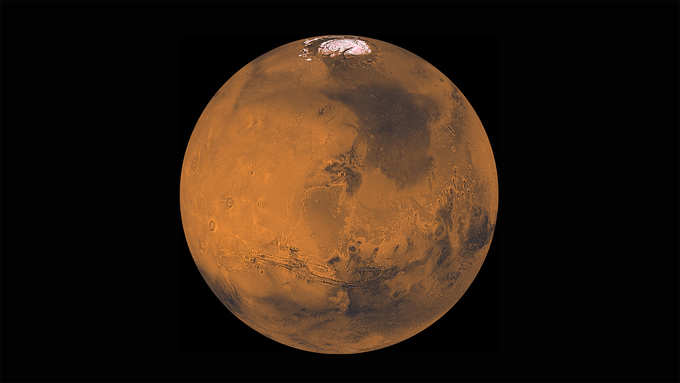 Researchers are working on a revolutionary new technology that could be used to power a return trip to Mars without refuelling, using recycled space junk as fuel in the spacecraft.
Researchers are working on a revolutionary new technology that could be used to power a return trip to Mars without refuelling, using recycled space junk as fuel in the spacecraft.The rocket propulsion system is heading to the International Space Station (ISS) for a year-long experiment that could revolutionise space travel.
Recycling space junk for fuel means huge energy and cost savings, said
The thruster works by accelerating ions from an intensely hot, very small plasma ball.
The record high thrust was obtained by using a magnetic nozzle that further accelerates the ions to give them extremely high velocity.
Research has not only demonstrated proof-of-concept record efficiencies but also suggested that magnesium, used commonly as a light and strong alloy for space materials and prevalent in space junk orbiting the Earth, could be re-used to fuel the engine in space.
"Our modelling suggests that our pricing would be competitive with other ion drives currently on the market, as our system can be built from current, commercially available components and does not require expensive alloys or finely constructed fuel tanks," Neumann said.
"We also believe that our system can solve many issues in space propulsion, allowing small space vehicles to do more with less," said Neumann.
Professor Marcela Bilek from University of Sydney said the project was a success in the academic sense with the scientific credentials established in August by peer review and hopefully new success in the market place would follow.
"In laboratory tests, the system has demonstrated more than 11,000 seconds of specific impulse - with this level of efficiency, it is possible to send missions to Mars, have them perform experiments in Mars orbit, and then bring the spacecraft back to Earth orbit without needing to refuel the spacecraft,"